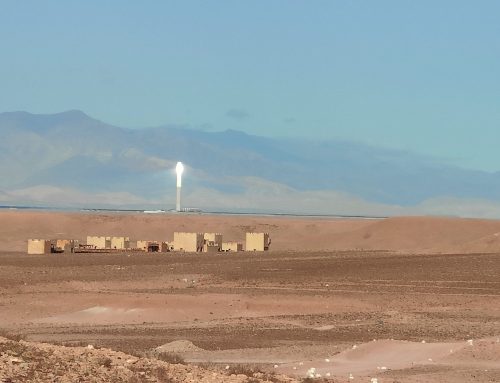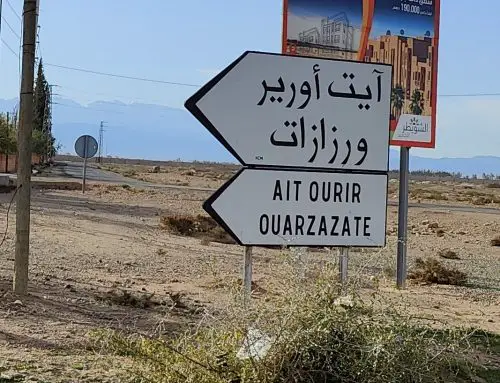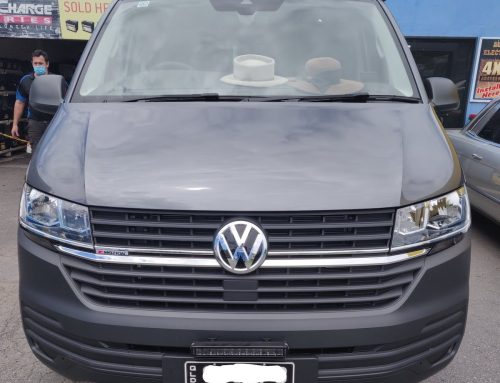First aid gear can be considered essential or a luxury. In my view it is like insurance. You have it – hoping you will never need it.
If you are hiking you need to be prepared for a range of common challenges including sun burn, headache, blisters, cuts and sprains. Consider preventative and protective equipment in addition to remedies.
Prevention
A good broad brim hat and long sleeve shirt with collar and long pants and shoes are the best protection for sun burn. Sun screen should be considered a supplement, particularly on the face, neck and back of hands.
To prevent blisters it is a good idea to break in your shoes before attempting a long or multiday walk and use good quality woollen socks.
Gaiters are good protection for feet and lower legs, stopping grit, dirt and and water getting into the top of the shoe and also protecting the ankles from scrapes, thorns etc.
Basic first aid kit
Keep it simple with a clear zip lock bag with some large band aids, take some dental floss from a roll, a plastic tooth pick or two, some paracetamol and/or ibuprofen (purchase home brand from Coles or Woolworths for under $1 a pack) plus a crepe bandage and some safety pins. Consider some sterile swabs, a needle to remove splinters and a space blanket.
See lists of equipment for larger kits at Health Direct.
Other items that can be used for first aid in case there is a more significant injury include hiking poles and a belt which can be used to make a splint for an injured limb.






Leave A Comment